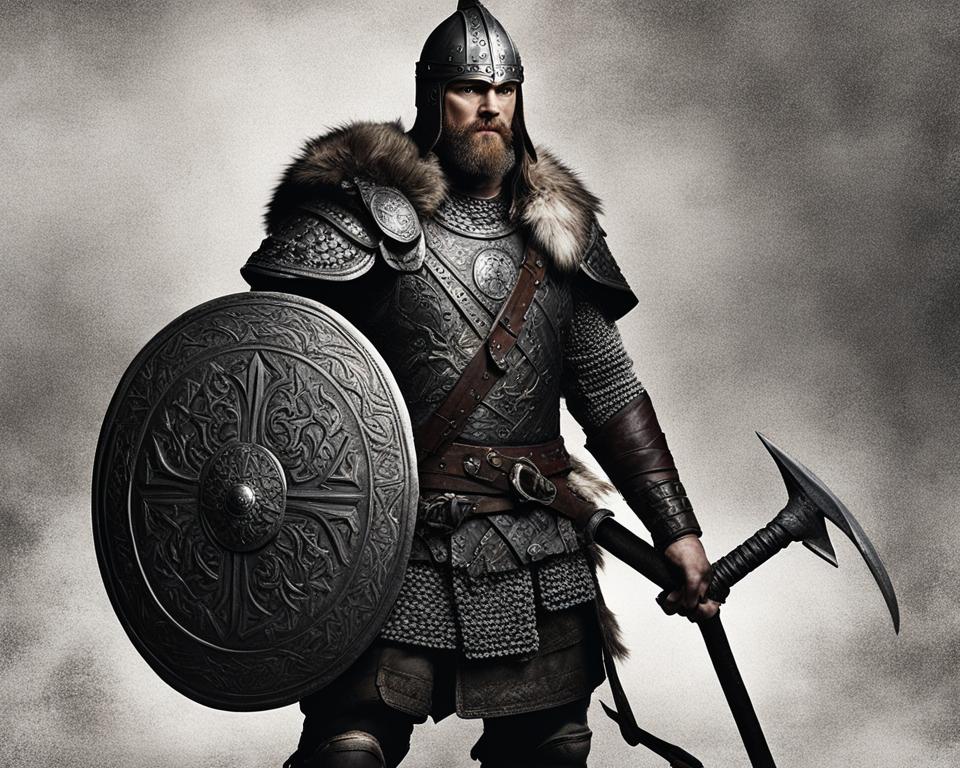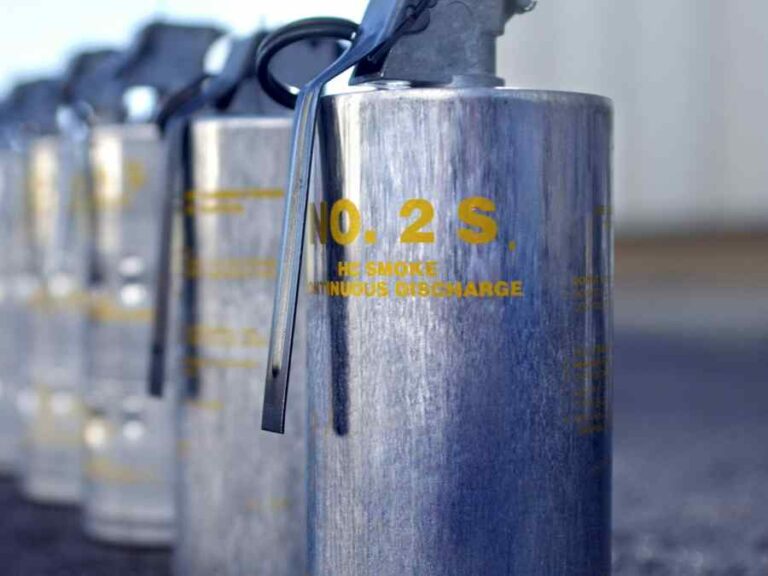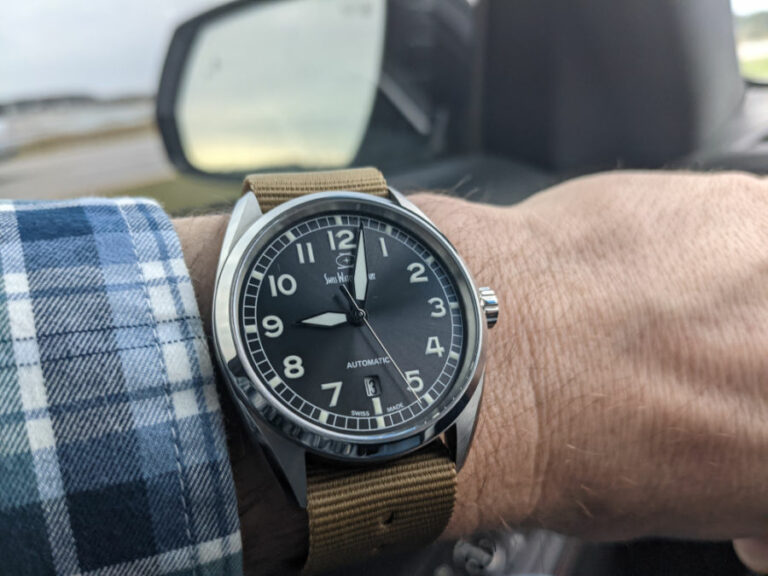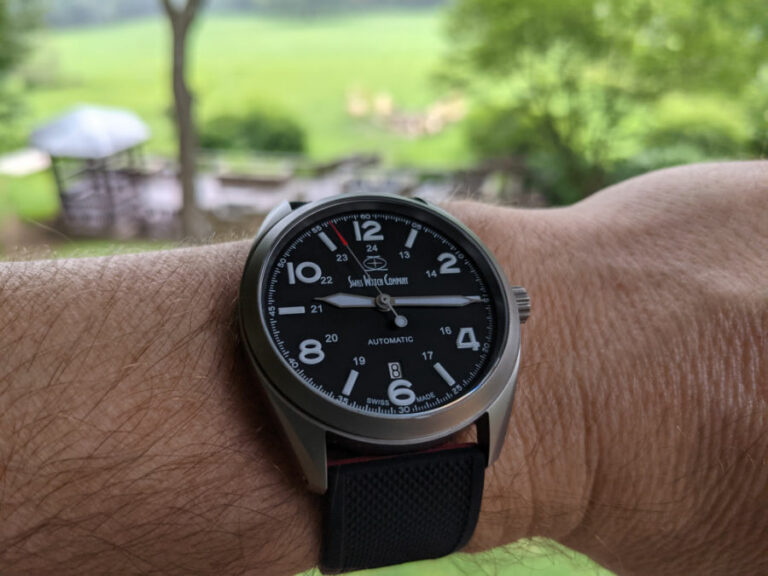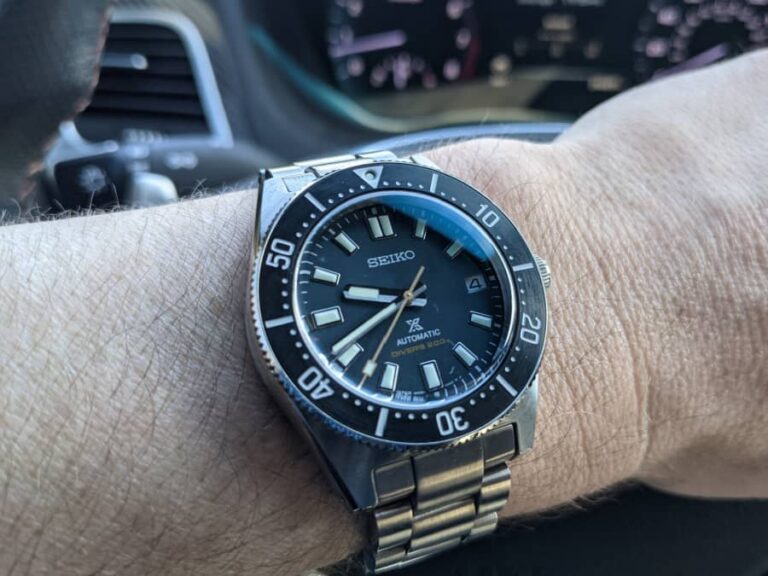Fact or Fiction: Did Vikings Really Carry a Battle Ax?
When we think of Vikings, the image of a fierce warrior wielding a battle ax often comes to mind. But did Vikings actually carry these formidable weapons in battle? Let’s explore the historical accuracy of Viking warriors using battle axes and uncover the fascinating facts about these iconic weapons.
Key Takeaways:
- The Viking Age saw the widespread use of battle axes among Norse warriors
- Battle axes were considered the “normal weapon” for middle-class Vikings
- Archeological finds provide evidence of Vikings using battle axes
- Battle axes had both practical and symbolic significance in Viking society
- Viking battle tactics involved the strategic use of battle axes in close combat
Viking Battle Axe Facts
When we delve into the fascinating world of Viking warriors, it’s impossible to ignore the iconic battle axe. These formidable weapons were not only symbols of strength and power but also highly practical tools for the Viking raiders. Let’s explore some intriguing facts about Viking battle axes.
“The battle axe is the most indispensable weapon among the Norsemen” – Hákonar saga góða
Firstly, Viking battle axes had a distinctive design. They typically featured a single blade and were crafted with a combination of wrought iron and steel. This combination provided a durable cutting edge while maintaining overall structural integrity. As archeological finds have revealed, Viking battle axes were not limited to a specific class of warriors; they were widely used across Viking society.
The size and shape of Viking battle axes varied depending on the wealth and social status of the owner. Wealthier Vikings often wielded larger axes, showcasing their affluence and prowess. On the other hand, the average farmer might utilize a common axe or a large knife in battle. These weapons served as a vital tool for Viking warriors, allowing them to navigate both close combat and throwing techniques.
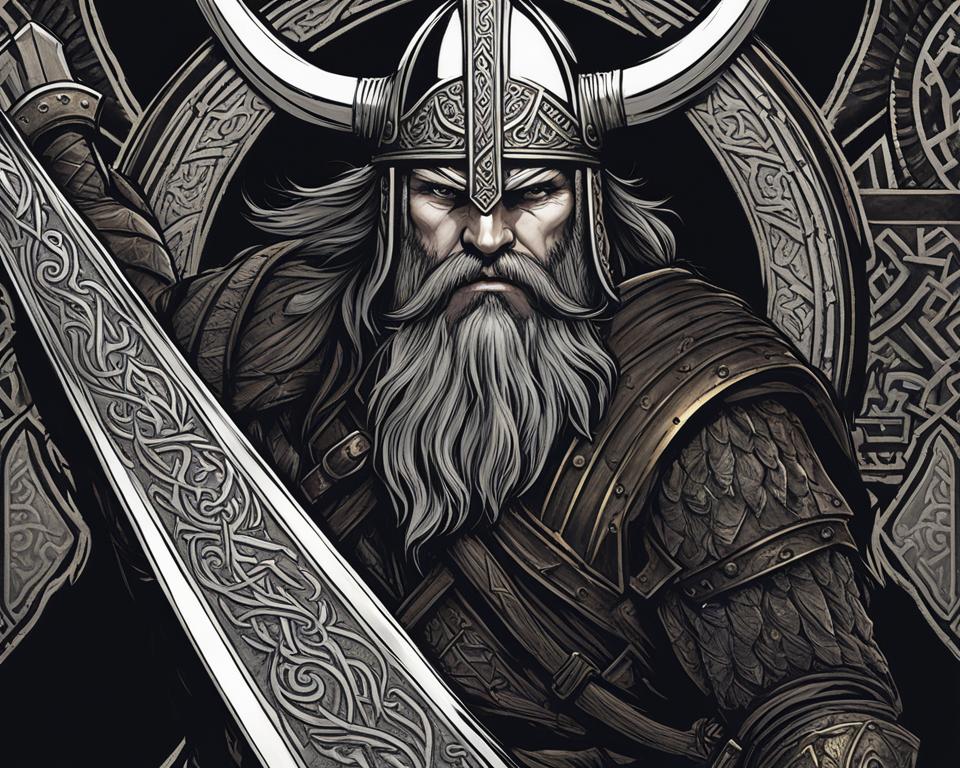
The presence of Viking battle axes in burial sites underscores their significance in Viking culture. These weapons were not merely instruments of war but valuable possessions, representing the strength, bravery, and status of their owners. The craftsmanship and ornamentation of battle axes further emphasized the wealth and prestige associated with these prized possessions.
As we continue our exploration of Viking weapons and battle tactics, it becomes increasingly apparent that battle axes played a pivotal role in Viking warfare. In the following section, we will delve deeper into the importance of battle axes to Viking warriors and their impact on Viking battle tactics.
Importance of Battle Axes to Viking Warriors
Battle axes played a crucial role in the lives of Viking warriors, serving as versatile weapons that were essential for both offense and defense. These axes were not only practical tools for combat but also symbols of a warrior’s strength, bravery, and status within the Viking community.
In Viking society, the design and craftsmanship of battle axes were highly valued, with warriors using them to showcase their wealth and prestige. The beautifully finished weapons not only demonstrated the owner’s economic capacity but also acted as a reflection of their warrior prowess. The prevalence of battle axes in Viking graves further emphasizes their significance and importance to Viking warriors.
Aside from their use in battle, battle axes also had practical applications in everyday tasks for Vikings. These weapons were not only used for military purposes but also for activities such as chopping wood and building homes. This versatility made battle axes an integral part of Viking life.
Furthermore, battle axes were not only individual weapons but also played a significant role in Viking battle tactics. Vikings utilized formations and coordinated attacks, with the use of battle axes in close combat. The combination of skillful axe-wielding and strategic maneuvering allowed Viking warriors to gain the upper hand in raids and warfare.
“The battle axe was not just a weapon for Vikings; it represented their strength and bravery. It was a symbol of their status within the community and showcased their prowess as warriors.” – Viking historian Erik Olafsson
Viking Weapons and Battle Tactics
Besides battle axes, Vikings employed a wide range of weapons, including swords, bows and arrows, lances, and spears. The choice of weapons varied depending on a warrior’s economic capacity, with swords being more expensive and often reserved for the elite.
In addition to their weapons, Vikings also utilized shields, helmets, and chain mail for protection in combat. However, it is important to note that the common misconception of Vikings wearing horned helmets is not historically accurate.
Viking battle tactics involved formations and coordinated attacks, with the use of various weapons, including battle axes. These tactics allowed Viking warriors to maximize their strength and effectiveness in battle, ensuring their success in raiding and warfare.
Viking Weapons and Battle Tactics
In Viking society, weapons played a vital role in warfare, and the Vikings were skilled in utilizing an array of weapons in battle. The choice of weapons was largely influenced by the economic capacity of the warrior, with swords being more expensive and typically reserved for the elite. However, battle axes were widely used and held significant importance in Viking warfare.
The misconception of Vikings exclusively wielding battle axes is not historically accurate. While battle axes were a common weapon among Viking warriors, they also utilized swords, bows and arrows, lances, and spears. Shields, helmets, and chain mail were employed for protection during combat, demonstrating the Vikings’ strategic approach to warfare.
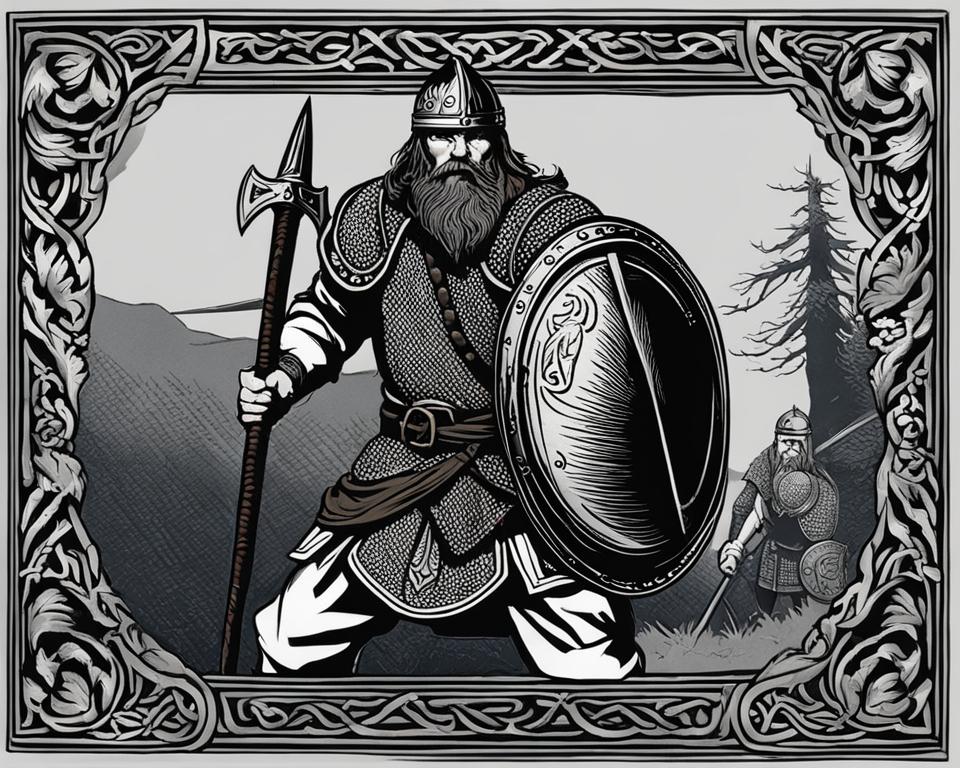
The popular depiction of Vikings wearing horned helmets is another common misconception. Historically, there is no evidence to support the notion of horned helmets being worn by Vikings in battle. This misconception likely arose from artistic interpretations or misinterpretations of ancient artwork.
Viking battle tactics were well-organized and involved formations and coordinated attacks. Battle axes played a crucial role in close combat, allowing warriors to deliver powerful strikes while maintaining a certain level of defense. The versatility and effectiveness of battle axes made them valuable tools in Viking raids and warfare.
Viking Battle Axe Symbolism
In Viking society, the battle axe held a deep symbolic meaning that extended beyond its practical use as a weapon. It represented the strength, bravery, and status of the warrior within the community. The craftsmanship and ornamentation of battle axes were intricately designed to reflect the wealth and prestige of their Viking owners.
These battle axes were not merely tools of destruction; they were revered possessions that showcased the warrior’s identity and prowess. Vikings often named their weapons, including battle axes, further emphasizing the personal connection they held. The act of naming their weapons demonstrated the importance and significance of these objects in their culture.
The symbolic significance of battle axes in Viking culture cannot be understated. They were not only essential tools for battle but also powerful symbols of honor and lineage. The battle axe represented a warrior’s loyalty to their clan and dedication to protecting their people. By wielding these weapons, Vikings embodied the legacy of their ancestors and the warrior spirit that defined their society.

Alan Dale is an experienced backpacker and adventure sports athlete who pays the bills by writing. Married with a small brood, Alan often has his kids in tow on many of his adventures. You can visit Alan here: https://siralandale.com/

